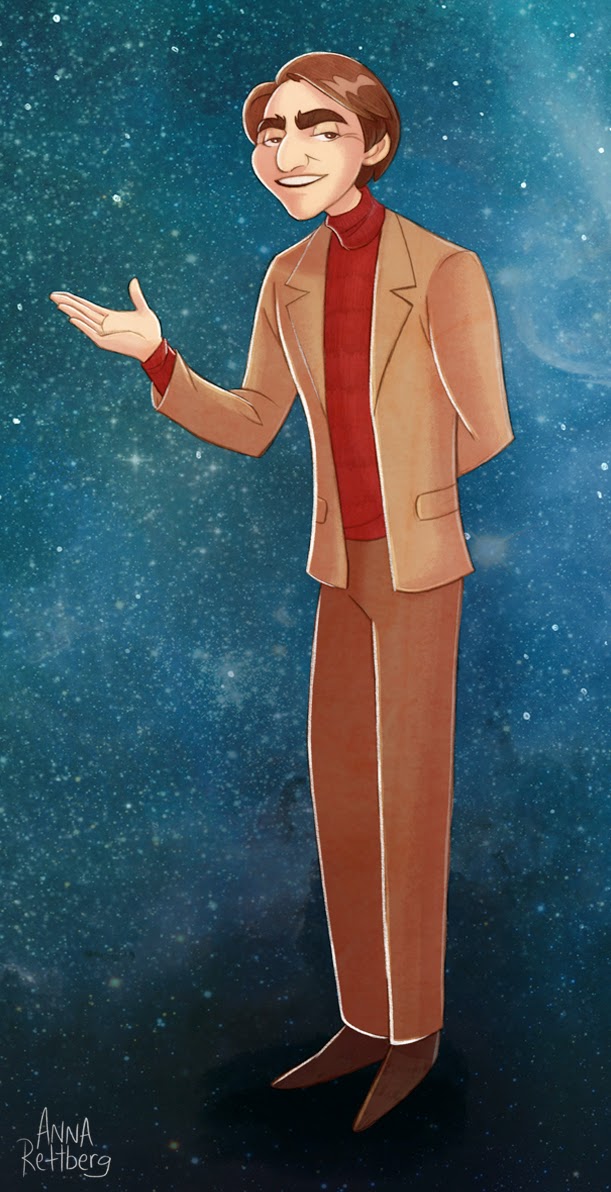

This documentary inspired me to a love of science, learning, and freedom of inquiry that have shaped both my interests and intellectual curiosity. This is THE GREATEST television series ever. The footage in these remastered, seven-DVD or seven-VHS sets is as fresh and riveting as it was two decades ago and is certain to fire the imaginations of a whole new generation of viewers. Sagan lucidly explains such topics as Einstein's theory of relativity, Darwin's theory of evolution, and the greenhouse effect, bringing the mysteries of the universe down to a layman’s level of understanding. The series, which originally aired in 1980 on PBS, has been seen by more than 700 million people worldwide and remains a high-water mark in miniseries history. Carl Edward Sagan died in December 1996.With Cosmos, Carl Sagan and his wife and co-writer, Ann Druyan, brilliantly illustrated the underlying science of his same-titled book, placing the human species within a space-and-time context that brought the infinite into stunningly clear view. Perhaps most importantly, he is credited with the vast increase in the popularity of science studies, resulting from both his work in television and his authorship of such reader-friendly, science-themed books such as Broca's Brain, I ntelligent Life in the Universe, and Murmurs of Earth.

He published hundreds of articles and treatises in his lifetime. Not one to pander to dogmas, Sagan boldly asserted in his 1980 television series Cosmos, “Evolution is a fact, not a theory.”Īmong his many distinctions and awards, Sagan won the Pulitzer Prize for his book Dragons of Eden, a discourse on evolution and human development, in 1978.

He worked with National Aeronautics and Space Administration from its earliest hours, contributing to many major expeditionary projects. His cause was the universe his tool was science.īorn in Brooklyn in 1934, Sagan attended high school in New Jersey and later received his doctoral degree in physics from the University of Chicago. By 1980, citizens of the United States were being lectured on their roles as citizens of the cosmos and Sagan had become a one-man, pro-galactic motivational spokes-physicist. Then again, perhaps big bang would be more appropriate. Carl Sagan / Raul Vega, / Color photograph on paper ,ġ980 / National Portrait Gallery, Smithsonian Institution Ĭarl Sagan was one of those American icons who had been quietly coming onto the public scene and then suddenly-bang! His name was known in every household of the nation.


 0 kommentar(er)
0 kommentar(er)
